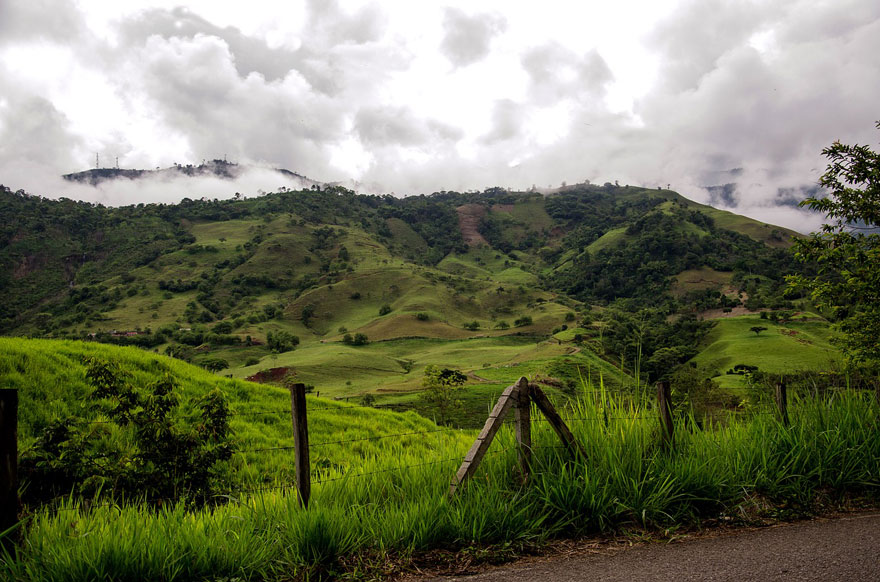The processing of green coffee
The taste depends on the type of preparation.
The taste depends on the type of preparation.
After the coffee harvest, the coffee berries must be processed in order to preserve the green coffee. For this purpose, the skin and pulp, the pulp, are first removed from the harvested coffee cherries. This preparation results in “parchment coffee” in which the coffee beans are still surrounded by a parchment skin that has to be removed by peeling. By peeling the parchment coffee, the parchment skin and the silver skin underneath are then removed, leaving the green coffee. This is then sorted according to size and quality and packed in 60 kg bags. There are various processing methods to obtain the finished coffee beans.

This processing method is used in Africa and Brazil. This is the simplest technique. First all leaves, twigs and other elements are sifted out, then the drying of the cherries begins with a water content of approx. 50-60%. The fruits are spread evenly on a clean ground in the sun. The fruits must not lie on top of each other, otherwise there is a risk of rot. The drying takes between 3 to 5 weeks and the fruits are turned regularly until there is only a residual moisture of approx. 12%. The correct degree of dryness has been reached when the beans rattle when shaken. Finally, the dried skin and pulp are peeled off. Now the beans have an olive green color and are packed in 60 kg bags (in Colombia in 70 kg bags) and stored in dry, cool storage rooms.
Wet processing should take place within 12 hours after harvest and may take place a maximum of 24 hours afterwards. The beans are pre-sorted here and cleaned with water. The skin and pulp are removed in a “pulper”, but the skin of parchment remains on the coffee beans. The beans are then passed through sieves through an alluvial channel and transported to fermentation tanks. This is where fermentation takes place, whereby the mucus adhering to the beans is liquefied and washed off. After a further 13-35 hours of fermentation, the coffee beans are washed and spread out in the sun on a clean surface. Here, too, they have to dry up to a maximum water content of 12%. However, there is one major disadvantage with wet processing: the high water consumption. 130-150 liters of water are required per kilo of market-ready coffee.
Another possibility under the aspect to save water and still achieve a higher quality than with dry processing possible with so-called semi-dry processing. As with wet processing, the beans are washed here, but not fermented afterwards, but immediately spread out to dry. Finally, the dried skin and pulp are peeled off and then the beans are packed in sacks.
